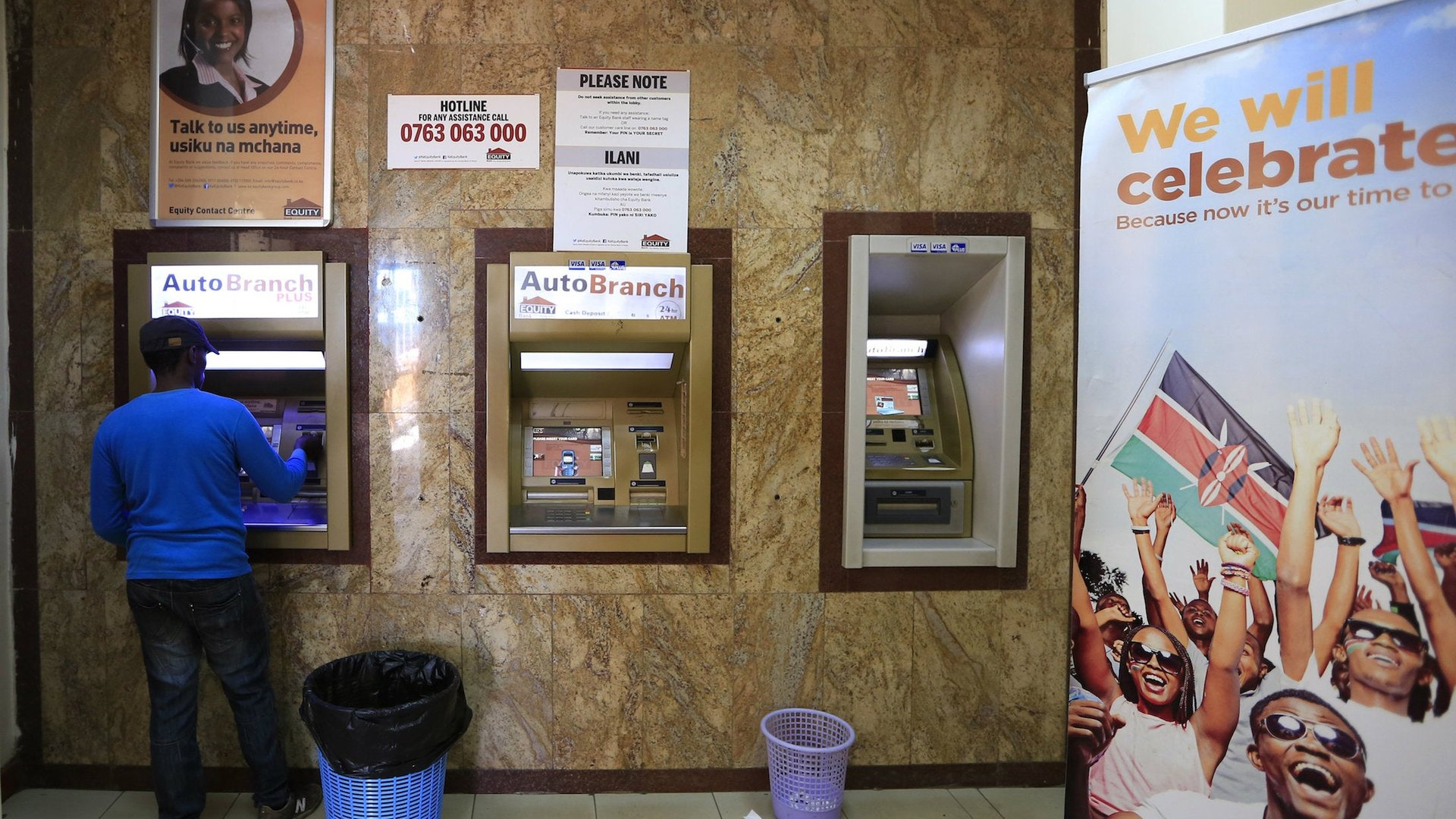Kenya’s central bank is blaming social media for the downfall of yet another lender
Another Kenyan lender has fallen onto hard times, and this time the culprit is social media, at least according to the country’s central bank. After what it called “inaccurate social media reports,” Chase Bank “was not able to meet its financial obligations on April 6,” the regulator said in a statement (pdf) today. Chase Bank has now been put under receivership of the regulator for a year.


Another Kenyan lender has fallen onto hard times, and this time the culprit is social media, at least according to the country’s central bank. After what it called “inaccurate social media reports,” Chase Bank “was not able to meet its financial obligations on April 6,” the regulator said in a statement (pdf) today. Chase Bank has now been put under receivership of the regulator for a year.
Posts on Twitter showed users withdrawing money after the bank released results showing it had understated its loans to staff at the bank. These insider loans stood at 13.62 billion Kenyan shillings ($134 million), compared to the 5.72 billion Kenyan shillings it reported at the end of March. The bank, which also owns 75% of another Kenyan lender, Rafiki Bank, reported a net loss of 792 million Kenyan shillings last year.
The bank is the third Kenyan financial institution to be placed under receivership since last August. Central bank governor Patrick Njoroge tried to reassure the public, saying that there are no “systemic problems” in the banking system.
Other members of the financial sector are concerned about the impact of social media. In March, another troubled financial institution, National Bank, wrote to the regulator and officials from the ministry of information, asking that the government intervene in “unregulated blogging” and the spread of malicious information about its business.
Investors do have real reason to worry about about the health of the financial sector in East Africa’s largest economy. Loan defaults are growing. Nonperforming loans accounted for 6.8% of total loans in February, compared to 5.7% in the same period last year. And lawmakers are calling for a cap on commercial lending rates, are already around 18%, which would make it even harder for businesses and individuals to access cash.
Last week, the chief executive National Bank, was put on leave after provisions for nonperforming loans led the bank to a loss for 2015. Dubai Bank, a smaller lender, and the mid-sized Imperial Bank were put under receivership last fall because of similar cash-flow problems. A total of 26 Kenyan banks have either collapsed or been placed under receivership by the central bank, leaving Kenyans feeling uncertain where to keep their money.